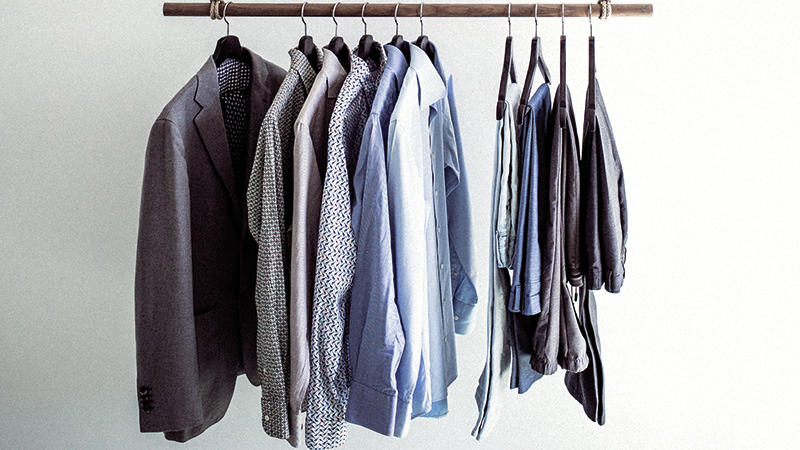Apparel retailers in particular are feeling the scrutiny as they currently send around £140 million worth of wearable clothes to UK landfills each year, according to Clothes Aid. What’s more, consumers are likely to spend more money with their favourite retailers if those retailers have an environmentally conscious way of dealing with returned and excess stock.
And now, faced with an ever-increasing influx of excess and returned stock, retailers are under ever more pressure to find an economical and sustainable channel for the goods. By doing so, retailers will be able to preserve their brand image, recoup losses on excess stock and help to protect the planet.
Sustainable business
By increasing the use of recycled content and prioritising the utilisation of renewable materials, some retailers have already made good progress towards a sustainable industry. However, embracing the circular economy will be the answer for all retailers that are looking to build sustainability into the management of their returned and excess inventory. This will ensure compliance with changing customer expectations and government legislation before it takes effect.
How can retailers sustainably and economically offload excess inventory and maintain a strong brand presence — all while minimising financial loss? A recommerce solution is the way to go.
More so, what kind of recommerce solutions are out there? There are a few options, depending on the goals of the retailer, including boosting revenue, brand loyalty and protection, offsetting loss and increasing operational efficiency. Let’s break some of them down:
Returned, inspected, resold to consumer via a private label site
Brands like Patagonia and Arc’teryx have launched online, private-label sites to resell used, repaired or rebuilt items to consumers. All of the items have been inspected and are sold at a discounted, set price; in most cases demand is greater than supply and items sell out quickly.
By having their own recommerce sites, these retailers are able to manage – and dominate – their brand’s own resale market. The marketing, quality and channel control, and the ability to capture previously untapped revenue, is a huge win; not to mention the positive brand image and loyalty that is established.
Third party resale marketplaces
Secondhand sites such as Depop and Vinted are driving a secondary market ecosystem of selling and buying, but in a polished and trendy environment. What’s more, they are serving as small-business incubators: what began as someone selling a handbag out of the closet has shifted into a full-time reselling business and with it, a need for consistent merchandise to resell.
Retailers can take advantage of this growing apparel reseller community by leveraging or creating a sales channel that caters and markets – on their terms – to this specific buyer group. This might include selling via a B2B recommerce marketplace that connects returned and excess merchandise directly to fashion resellers.
Finding success
If done right, a B2B private, online auction marketplace can be a viable sales channel. Many retailers are opting to build their own B2B marketplaces in order to auction bulk quantities of returned and excess merchandise to business buyers around the country. From salvage and discount store owners to online sellers to mom-and-pop shops, refurbishers and exporters, a robust buyer base exists for just about every product regardless of condition. An online auction channel makes it just as easy to sell to a thousand business buyers as it does to five wholesalers, and therefore, more buyers generate more demand, this pushes prices up and allows for a faster sales cycle.
Additionally, a marketplace also enables a consistent auction cadence, retailers can list every week versus letting inventory pile up in the warehouse until the end of the season. This speeds up the resale cycle and gives items a sustainable second chance.
An ethical future for all
As retailers across the globe remain under the microscope for ethical and sustainable business practices, retailers will need to implement new solutions to help them adapt and keep abreast of the fast-changing consumer attitudes towards environmental consciousness. With many solutions available to retailers, the rising demand in secondary markets will provide retailers with an opportunity to operate a sustainable supply chain, recovering the costs associated with excess stock and helping to keep up their profits.










